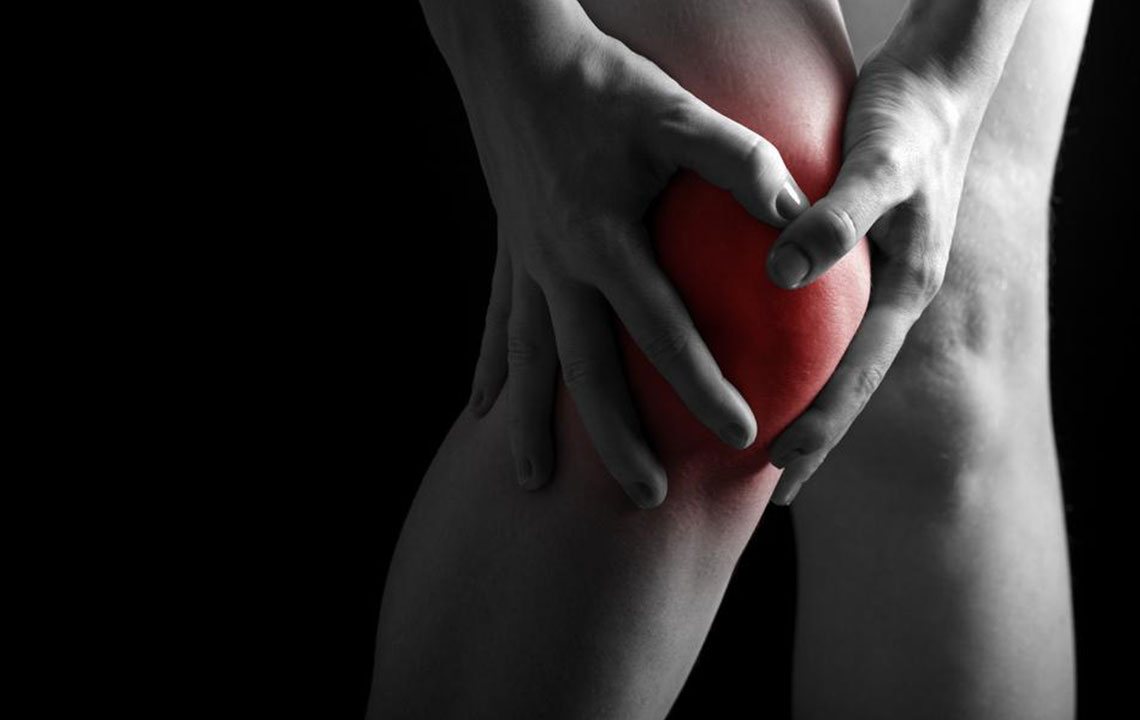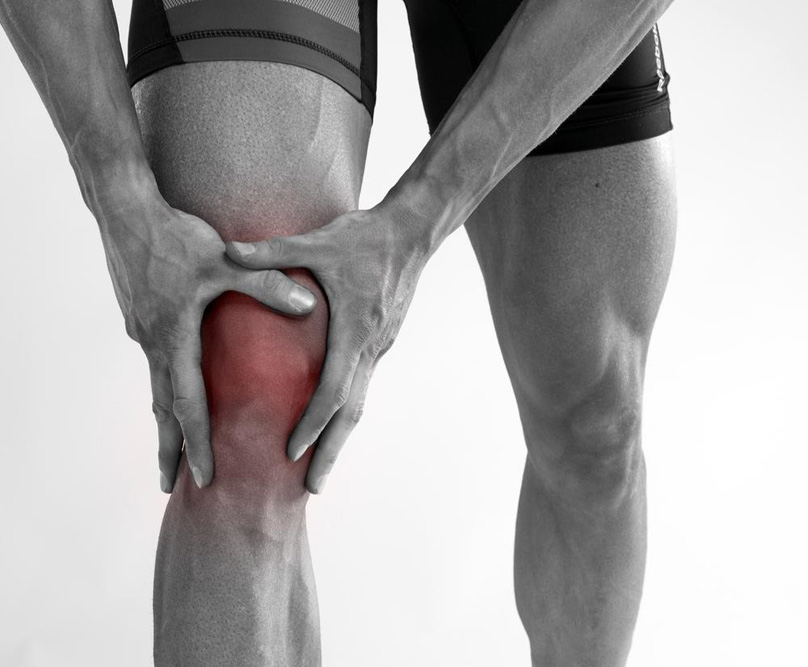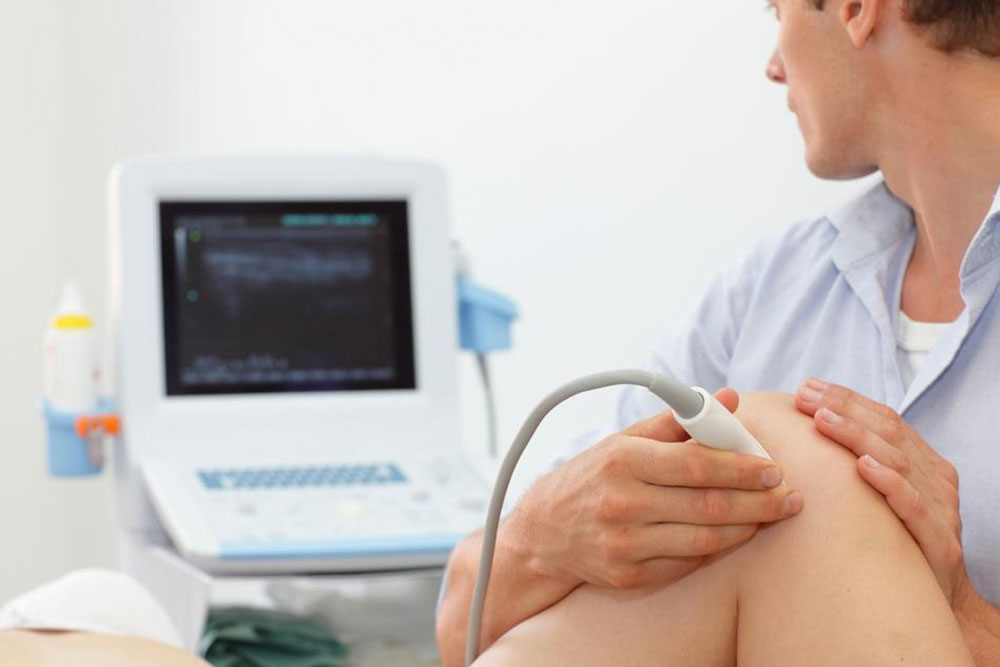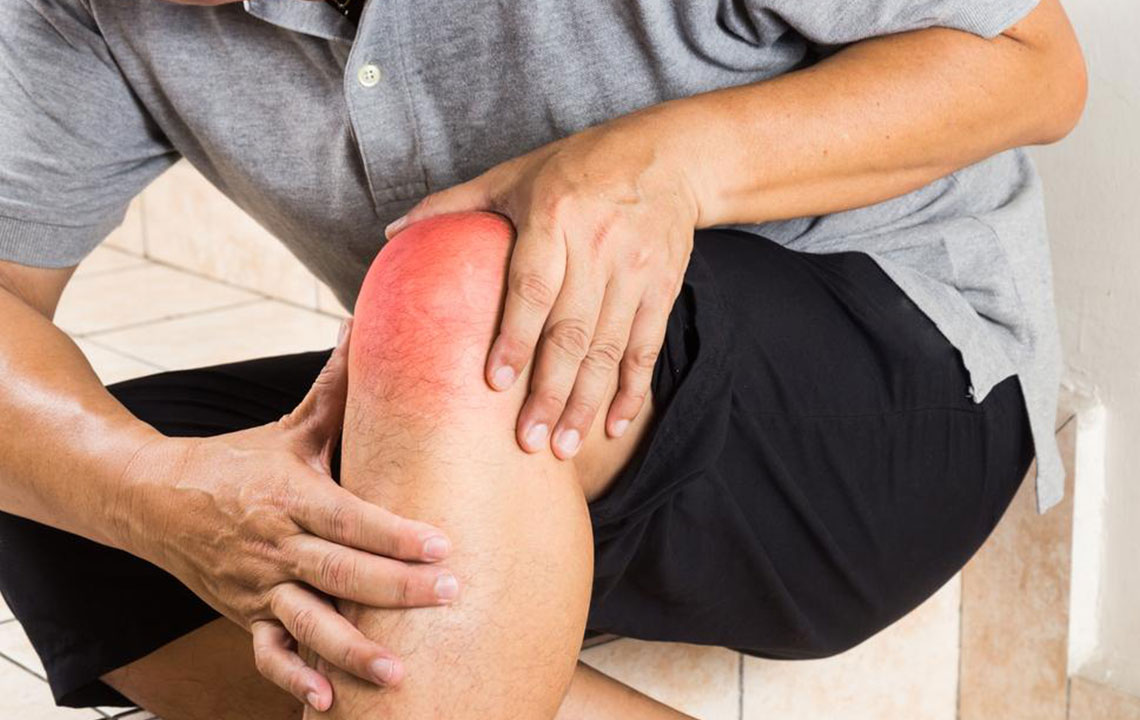Comprehensive Guide to Managing and Treating Knee Pain
This article explores causes and various treatment methods for knee pain, highlighting exercise, medication, injections, and surgical options like knee replacement and arthroscopy. It emphasizes the importance of professional diagnosis and modern advances in orthopedic care to manage chronic knee issues effectively.
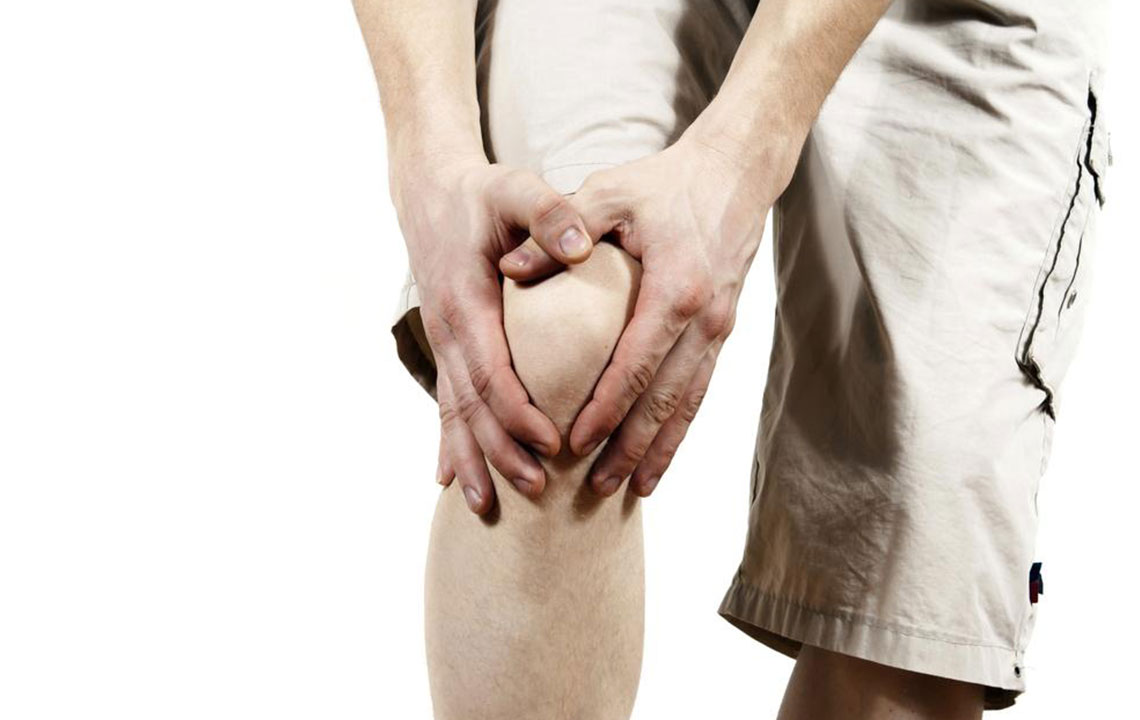
Understanding and Addressing Knee Discomfort with Various Treatments
Knee discomfort frequently affects individuals across all age groups, involving joints, kneecaps, ligaments, and cartilage. Often resulting from injuries, it is prevalent among seniors over 50 and individuals who are overweight or experience joint degeneration. Conditions like arthritis, gout, or infections can also cause persistent swelling, sensitivity, and pain in one or both knees, with symptoms guiding diagnosis and treatment options.
Every case of chronic knee pain varies depending on severity and cause. Common factors include repeated stress from sports, work activities, or underlying conditions like osteoporosis or arthritis. Injuries can result from blunt trauma, twisting, or falls, often causing immediate pain, swelling, or bruising, potentially damaging nerves or blood vessels. Since knees support our body weight during movement, they are especially vulnerable to injury and degeneration.
Managing knee pain involves reducing inflammation, strengthening supporting muscles, and preventing further injury through exercise, medications, or supportive devices. Accurate diagnosis by a healthcare professional is essential to identify the root cause. The knee’s complex structure makes it susceptible to various injuries, swelling, and chronic issues.
Common treatment approaches include:
A) Regular exercise helps alleviate chronic joint pain like arthritis by strengthening muscles, reducing injury risk, and improving recovery. It also slows osteoarthritis progression and pain.
B) Applying ice packs or heat pads provides relief by relaxing muscles and reducing inflammation.
C) Physical therapy enhances joint mobility, strength, and stamina, supporting daily activities and recovery.
D) Anti-inflammatory drugs, such as corticosteroids, analgesics, and anti-rheumatic medications, target swelling and pain without affecting immunity.
E) Injections, including corticosteroids or hyaluronic acid, offer quick relief when oral medications fall short, though repeated doses should be managed to avoid cartilage damage.
F) Knee replacement surgery is a common solution when pain severely impairs function, involving the substitution of damaged parts with artificial components.
G) Osteotomy surgery involves cutting and realigning bones to reduce load on the affected joint, decreasing pain and improving function.
H) Arthroscopic procedures allow minimally invasive repair or removal of damaged tissues within the joint, promoting quicker recovery.
Advancements in orthopedic medicine continue to enhance treatment options, including cartilage regeneration techniques aimed at delaying or preventing joint replacement. Accurate diagnosis relies on imaging, physical examination, and functional assessment, guiding effective interventions for knee issues.
Note:
Our blog offers valuable insights across various health topics. Readers are encouraged to use this information as a guide but should consult healthcare professionals for personalized diagnosis and treatment. The site does not guarantee the accuracy of external data or special offers mentioned elsewhere.

